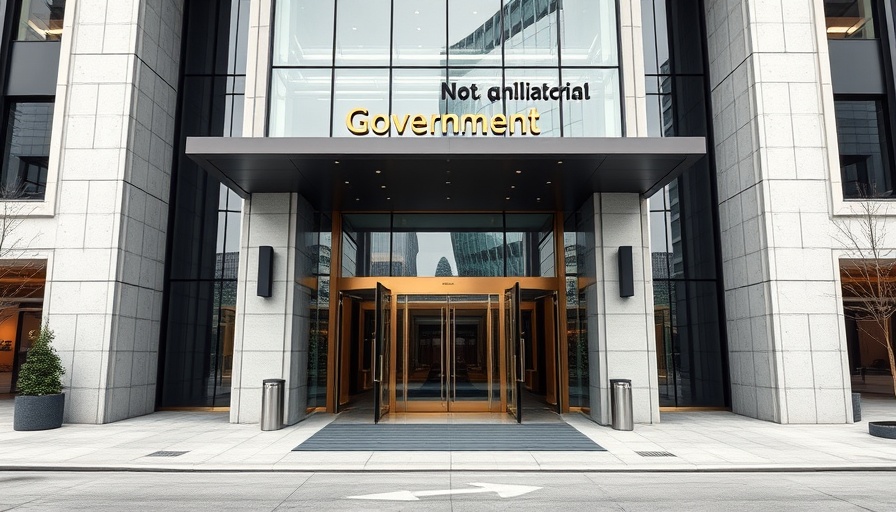
Raising Awareness for Roadway Worker Safety
In the hustle and bustle of everyday life, it’s easy for drivers to overlook the vital work taking place in construction and maintenance zones. Recently, the Utah Department of Transportation (UDOT) launched a campaign aimed at enhancing awareness of roadway work zones and boosting worker safety. Among those leading the charge is Michael Berry, a supervisor at UDOT who poignantly speaks to drivers through a video that emphasizes the need for caution in these often-busy areas.
Understanding the Risks
Work zones can be hazardous not only for the dedicated workers striving to keep roads safe and efficient, but also for the drivers who may find themselves navigating through these areas. With 891 fatalities recorded in work zone crashes nationwide in 2022, the statistics speak volumes about the urgent need for awareness and safety protocols.
“Pay more attention and slow down, knowing that there’s a lane closure,” Berry advises, highlighting the potential dangers faced by workers. This call for responsibility extends to all drivers, who are urged to be vigilant and navigate with care, particularly when they encounter flashing lights and road-work signs.
Essential Safety Tips for Drivers
To support roadway safety efforts, UDOT encourages drivers to adopt a proactive approach when approaching work zones. Here are some key measures that can contribute to a safer environment:
- Expect the Unexpected: Keep an eye out for changing traffic patterns that could require adjustments to your driving behavior.
- Minimize Distractions: Devote your full attention to the road, avoiding phone use and other distractions.
- Respect Workers’ Space: Allow ample room for crews to safely execute their tasks, steering clear of traffic barriers and construction equipment.
- Maintain Distance: Keep a safe distance between your vehicle and the work zone, helping to mitigate risks for both workers and drivers.
- Avoid Unnecessary Maneuvers: Don't change lanes unnecessarily or attempt to pass on the shoulder or across medians.
A Broader Context of Worker Safety
The awareness campaign put forth by UDOT isn't merely about promoting safety; it signifies a broader commitment to workplace wellness and respecting the lives of those who work tirelessly to maintain infrastructure. Businesses and property developers, along with facility managers, are encouraged to prioritize safety in their projects. This not only protects workers but fosters a culture that values human life and productivity.
How This Affects Local Communities
For communities, construction work often signifies progress, yet it can also disrupt daily routines. Understanding the needs of work crews and implementing safety measures become crucial steps in balancing progress with safety. By promoting these safety practices among businesses and residents, communities can create a collaborative environment where both development and safety are prioritized.
Acting Responsibly on the Road
As drivers, understanding the significance of yielding to work zones is crucial to ensuring safety for workers and oneself. Whether you’re commuting to work, running errands, or driving for leisure, being conscious of these safety protocols can significantly reduce the risks associated with roadway work zones. Everyone has a role to play in safeguarding lives on the road.
The next time you face a construction zone, remember these tips and the human beings behind the orange cones and barriers. Your attention and care are pivotal in ensuring that road work doesn’t come at the cost of lives.
 Add Row
Add Row  Add
Add 




Write A Comment